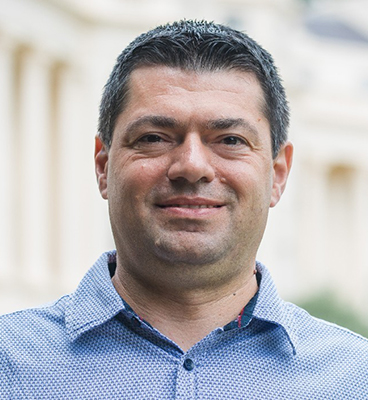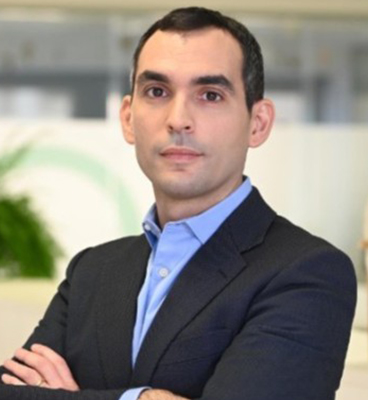
Innovation in Action: Trailblazing Strategies for Oncology Patient Safety
How AstraZeneca’s oncology safety strategies are shaping the future of treatment?
- On: April 8, 2024


Carla Mateo Mohedano
How have advancements in technology and data analytics shaped the strategies for patient safety in oncology at AstraZeneca?
AstraZeneca is entrepreneurial and always puts patients first. For that reason, besides the existing open-access external data sources, the company has invested in new technologies and tools to make Patient Safety current strategies more efficient. Specifically, Artificial intelligence and Data Analytics tools are currently part of our daily work, supporting us in better analysing complex datasets to detect patterns and trends earlier, helping, therefore, the prediction and mitigation of possible safety concerns. I strongly believe that technologies have come to stay and are such powerful allies if we learn to work in sync with them and extract the best of each. Nevertheless, medical and scientific judgment will keep driving the decision-making.
In what ways does the evolving regulatory landscape impact your approach to patient safety in oncology?
Regulations are constantly evolving, and these have a huge impact on our procedures, since even a small change may imply an update on all ongoing clinical trials. Therefore, keeping up to date with this evolving regulatory landscape may be challenging since it implies resources looking into all relevant guidelines, training all the applicable staff as well as being meticulous when implementing changes into procedures, which usually comes with a proper quality review. However, we have to bear in mind that all these regulations exist to provide a harmonised landscape across companies worldwide and to ensure a good quality of the data that comes from clinical trials so that all of us can rely on the drugs available on the market. Thus, we believe that it is key to make sure we properly understand any change in the regulation and that we cooperate with the applicable stakeholders if it does not.
What is the importance of cross-functional collaboration in enhancing patient safety outcomes, particularly in oncology?
Cross-functional collaboration is key for success since it integrates the knowledge and skills of diverse teams to optimise patient safety deliverables. Each functional area contributes with their expertise in the area to end with a comprehensive safety strategy that spans from preclinical research through to post-marketing surveillance. Thus, understanding stakeholders’ expectations plays an instrumental role in supporting a proactive cooperation and some of the most innovative solutions are born from these interactions. In definitive, collaborative efforts lead to improved risk management, adherence to regulatory standards, and ultimately, better patient care.
Immerse yourself in the evolving landscape of patient safety within the oncology sector as Carla Mateo Mohedano, Associate Director, Patient Safety Scientist — Oncology at AstraZeneca, shares her profound insights and experiences. Delve into her comprehensive case study: “Unravelling the Complexity of Signal Detection and Risk Assessments in the Oncology Therapeutic Area”.
Be part of this enlightening journey at the 11th Annual Risk Management and Pharmacovigilance Summit, on 15 – 16 May 2024, MAXX by Steigenberger Vienna.
Short Speaker BIO:
Human Biologist by training with 5 years of experience in Oncology Drug Safety within the Pharmaceutical Industry. In addition, I hold a master’s degree in the Pharmaceutical and Biotechnology Industry as well as an Expert Course in Drug Safety and Pharmacovigilance. In 2023, I joined AstraZeneca as Associate Director, Patient Safety Scientist in the Oncology Therapeutic Area, where I am currently working within the scope of Antibody-Drug Conjugates (ADCs). My previous experience also includes 4 years at Menarini as a Drug Safety Technician, mainly focused on the premarketing setting, working across several sorts of clinical trials from Phase I to III as well as Food Effect, hAME & DDI studies.





